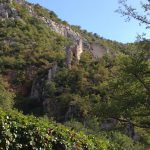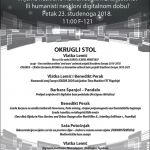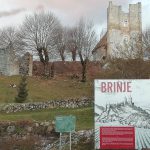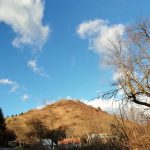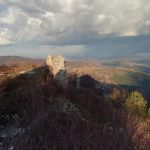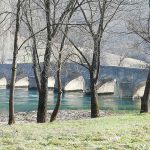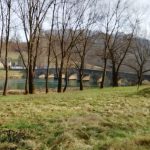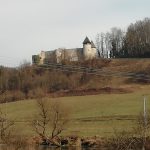TRANSKRIBUS User Conference 2020 – Innsbruck, 6-7 February 2020

Članica projektnoga tima Saša Potočnjak sudjelovala je na TRANSKRIBUS User Conference 2020 koja se održala u Innsbrucku 6. i 7. veljače 2020.
Radionice koje je pohađala (dostupno na program):
Workshop 1: Transkribus for beginners – Tamara Terbul, Johanna Walcher (University of Innsbruck)
Transkribus is an expert programme and it needs some training to fully understand the concept and all the features and possibilities offered by the programme. The WS will provide an introduction and enable users to work with their own documents.
Workshop 5: Want to become a trainer for Transkribus? – Tamara Terbul, Johanna Walcher (University of Innsbruck), Annemieke Romein (University of Ghent), Stefano Bazzaco (University of Verona)
The need for training courses and workshops for Transkribus is high and the team in Innsbruck receives many requests in this respect. However it is much more efficient if the Transkribus team needs not to travel but that training can be offered by local trainers. Therefore we are looking for people who would be interested and willing to become a Transkribus trainer. The WS will provide the opportunity to discuss this option and to hear about the experiences made already by people who organized Transkribus workshops independently from the Transkribus team.
Workshop 8: Middle ages and early modern times – Tobias Hodel (University of Bern)
A significant amount of users in Transkribus are interested in documents from the middle ages and early modern times. Therefore already a large number of data are available and can be used to train robust general models. The WS is intended to gather all those who are specifically interested in this time period and who want to exchange their experiences with other users.
Workshop 10: Text2Image – Günter Hackl (University of Innsbruck), Sebastian Colutto (read-coop)
The t2i tool is useful for matching existing transcriptions with the a page image. It offers a manual mode as well as an semi-automated mode. In this way small as well as large collections of existing transcripts can be utilized for training models – without the need to carry out transcriptions from scratch.
